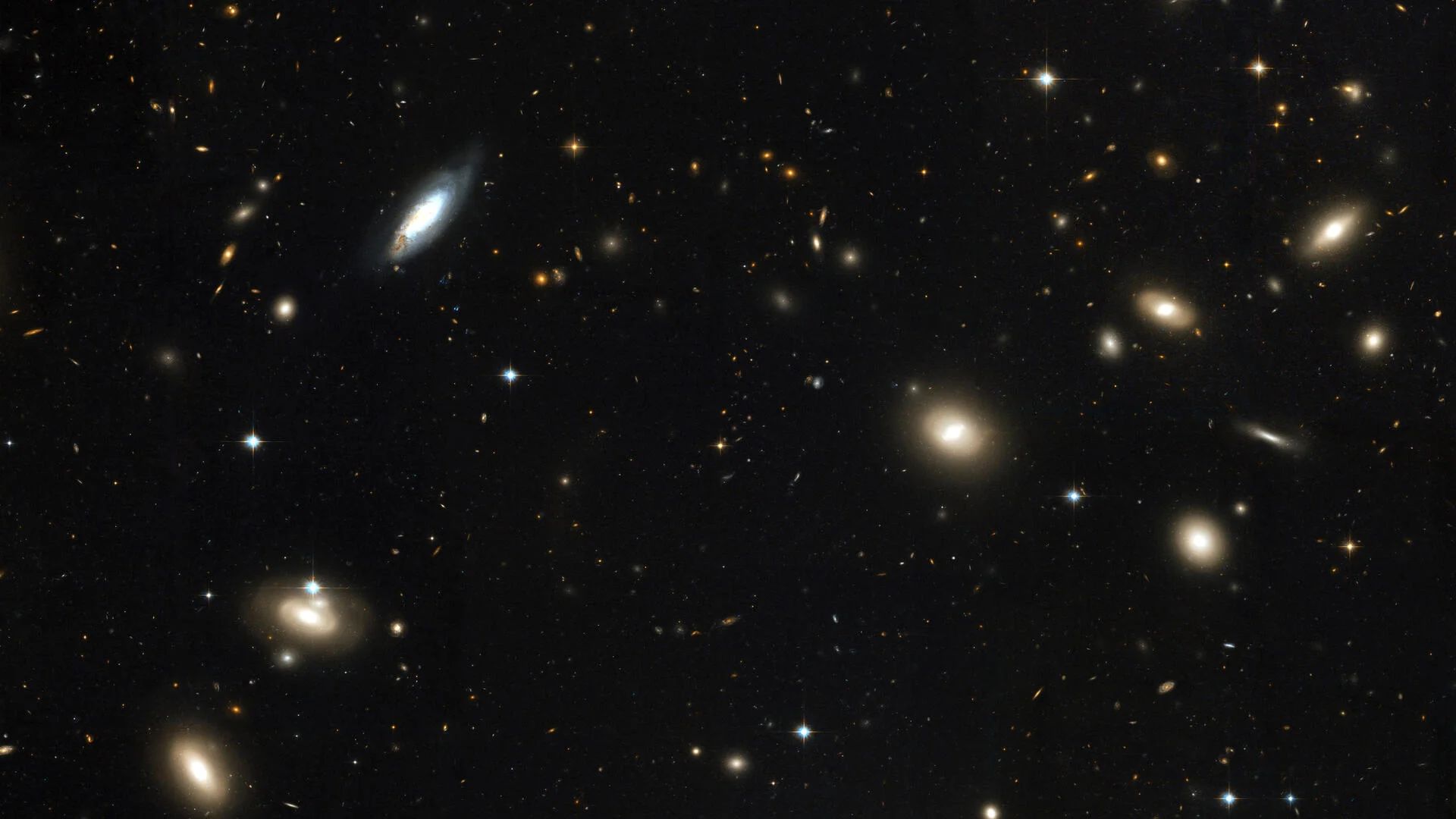Thanks to the James Webb Space Telescope, scientists have confirmed one of the most important hypotheses regarding planetary formation. It turns out that planets are formed thanks to small icy dust particles, which are also the centers of condensation and source of matter.
Observations made with the James Webb Telescope confirmed the key role of ice-covered particles in planetary formation. The instrument was targeting four protoplanetary disks.
The theory has been confirmed
As NASA experts explain, according to a theory popular among experts, planets are formed thanks to small dust particles covered in ice, which become centers of condensation of matter, and at the same time constitute a source of matter.
However, one of the main assumptions of this theory is that these particles come from distant outer regions of the protoplanetary disk due to friction with the gas in it and deceleration. When these molecules approach the star, the water in them turns into steam.
Webb finally showed the relationship between water vapor in the inner disk and the flow of molecules from its outer parts. This discovery opens up exciting prospects for studying the formation of rocky planets with the help of Webb, said Andrea Panzati of Texas State University at San Marcos, author of the study described in the Astrophysical Journal Letters.
– In the past, we had a static picture of planetary formation – as if there were isolated regions where planets formed. We now have evidence that these regions interact with each other. These processes are believed to also occur in our solar system, confirmed Colette Salic of Vassar College in Poughkeepsie, co-author of the publication.
Artist’s conception of two types of protoplanetary disks around newborn starsNASA, ESA, Canadian Space Agency, Joseph Olmstead (STScI)
Four discs
A group of scientists used the Webb telescope to look at four protoplanetary disks orbiting Sun-like stars. Each of them is only two to three million years old, so they are “newborn” on a cosmic level. The researchers described two compact and two large discs.
According to theory, in CDs, the strong flow of said particles should bring them to a much smaller distance from the star than Neptune’s orbit. In large disks, by contrast, particles must remain in numerous rings extending up to six Neptune’s orbits.
Observations examining the presence of water carried by the particles confirmed this theory. But at first, scientists were unable to decipher the collected data.
– For two months we were stuck with preliminary results showing that CDs have colder water and large CDs – warmer. The professor explained that this did not make sense because we chose stars with similar temperature values. Panzati.
They found that the CDs contain additional amounts of cold water at the edge of the so-called icy zone, at a distance from the star of about 1/10 of Neptune’s orbit.
– Now we finally and undeniably see this surplus of cold water. This is an unprecedented achievement for Webb’s high resolution – the professor emphasized. Panzati.
Main image source: NASA, ESA, Canadian Space Agency, Joseph Olmstead (STScI)

“Prone to fits of apathy. Introvert. Award-winning internet evangelist. Extreme beer expert.”









